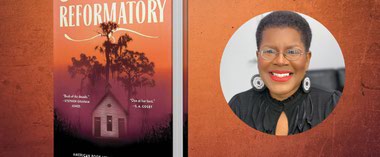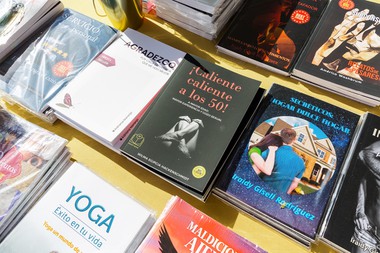The Details
- The Memory Palace
- By Mira Bartók, 2011, $25
If your mother never abandoned you in public when you were a child, or tried to kill you with a shattered bottle in adulthood, your parenting grievances shrivel beside those of Mira Bartók.
Bartók, nèe Myra Herr, chronicles a life tolerating, escaping, evading and eventually reuniting with her schizophrenic mother in The Memory Palace, published in 2011 and recently honored with the National Book Critics Circle Award for Autobiography.
The author respelled her first name and took the last name of a Hungarian composer to shake her mother, a one-time piano prodigy. Her father, an alcoholic writer, escaped first, leaving the troubled household in Cleveland one day and never returning. Myra and sister Rachel—later Natalia—dodged the whims of the voices in their mother’s head.
At times Norma Herr could be a decent mother, taking the young Myra out of school for excursions to movies or to the Cleveland Museum of Art. But the little girl soon learned to stuff a dollar in her shoe, for the times her mother would simply disappear, to argue with unseen others, and not return. As Rachel, a year older, matured into puberty, a new group of demons settled into Norma’s skull, and she shifted from ignoring the two girls to madly pestering them about sex. In anatomic detail, loudly and in public.
A mean, often drunk grandfather and a bitter grandmother were no help, either. Finally clearing out of the toxic household, Myra moved to Chicago to study and make art. But her mother would call repeatedly in the middle of the night and show up at parties and job sites raving about conspiracies and begging her daughter to come home. And then things got ugly. Trying to have her mother committed resulted in attempted murder.
Bartók takes her title from Matteo Ricci, a 16th-century Jesuit who conceived of a memory lodge, which, as Bartók notes, traces to the Greek Simonides, who remembered where everyone sat at a banquet after the roof collapsed, because he had assigned each a mental image. This conceit frames the chapters of the book, which opens as the sisters reunite with their homeless, dying mother, then proceeds more or less chronologically.
Memory itself, though, is another estranged relation. Bartók suffered a traumatic brain injury several years ago, so she pokes through her palace—and her mother’s journals. Doing so, she exposes the fragility of both mind and memory.







Previous Discussion: